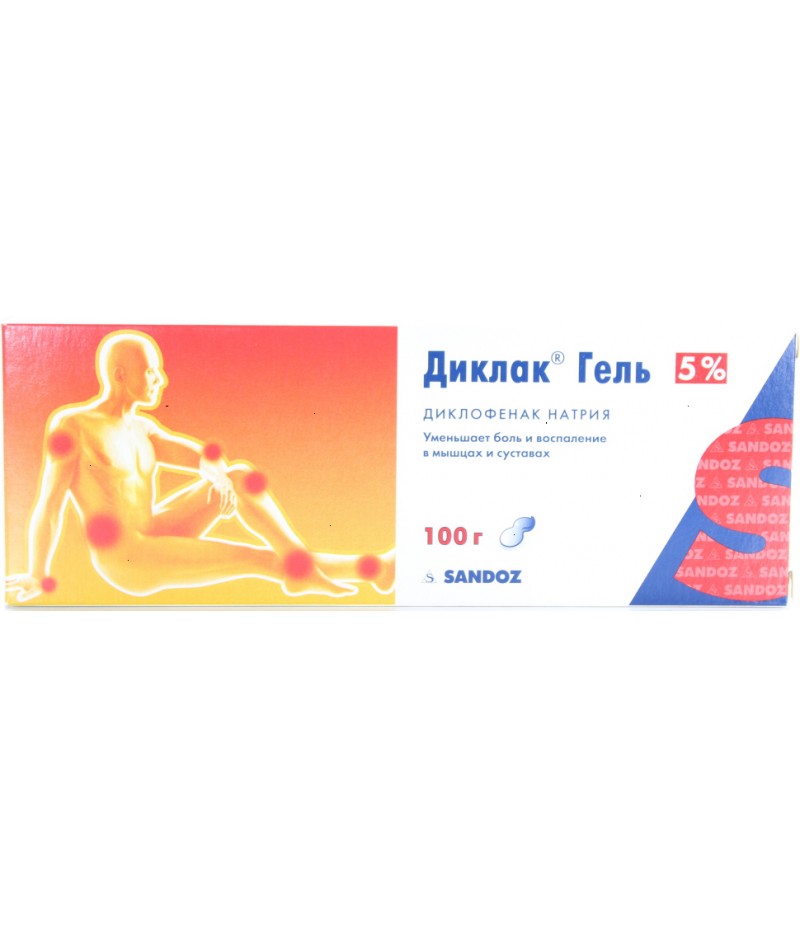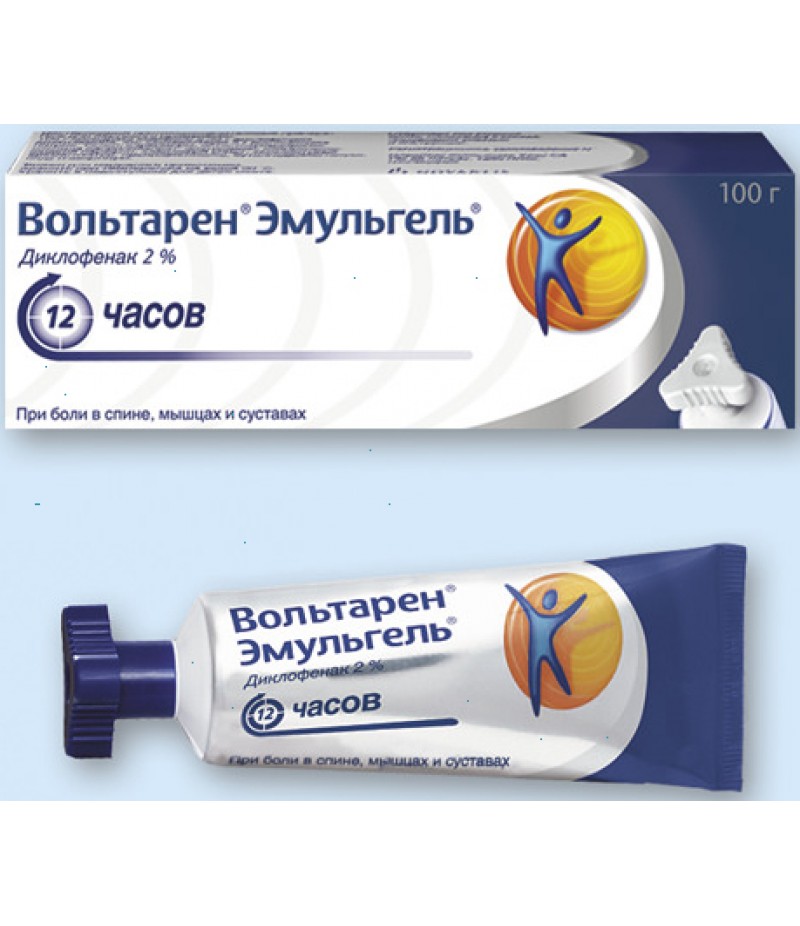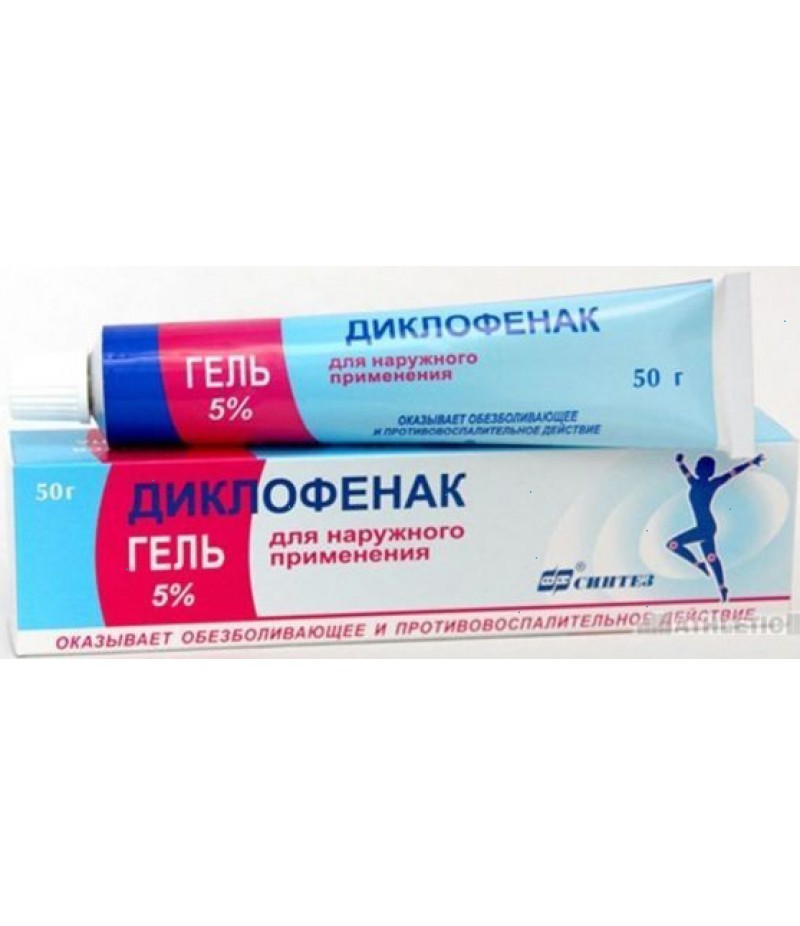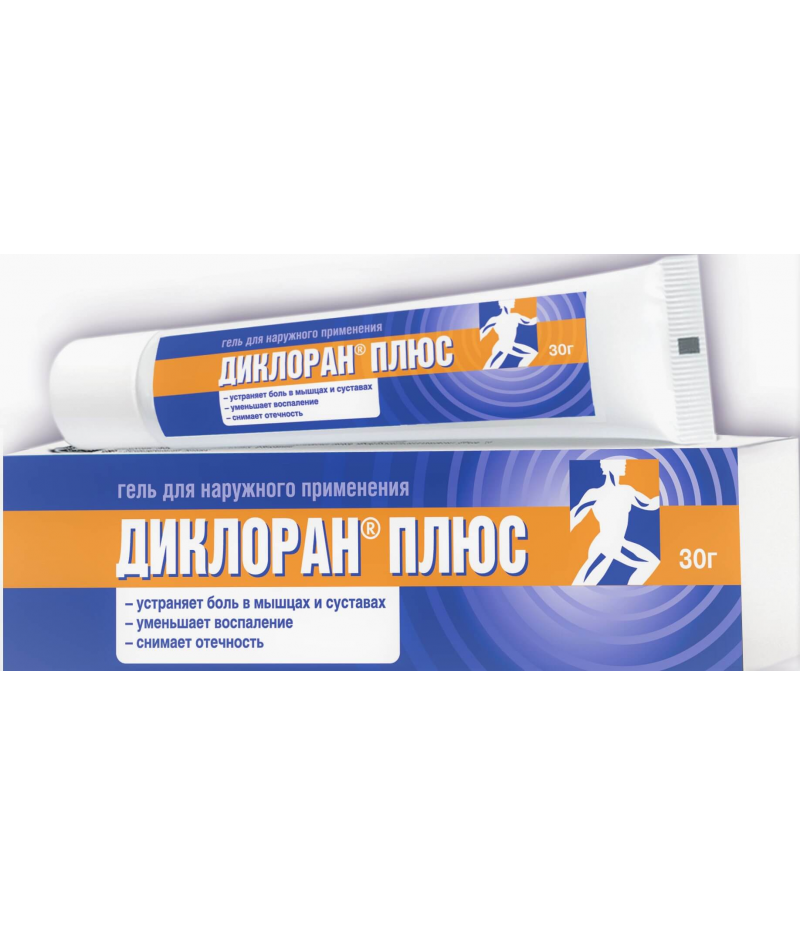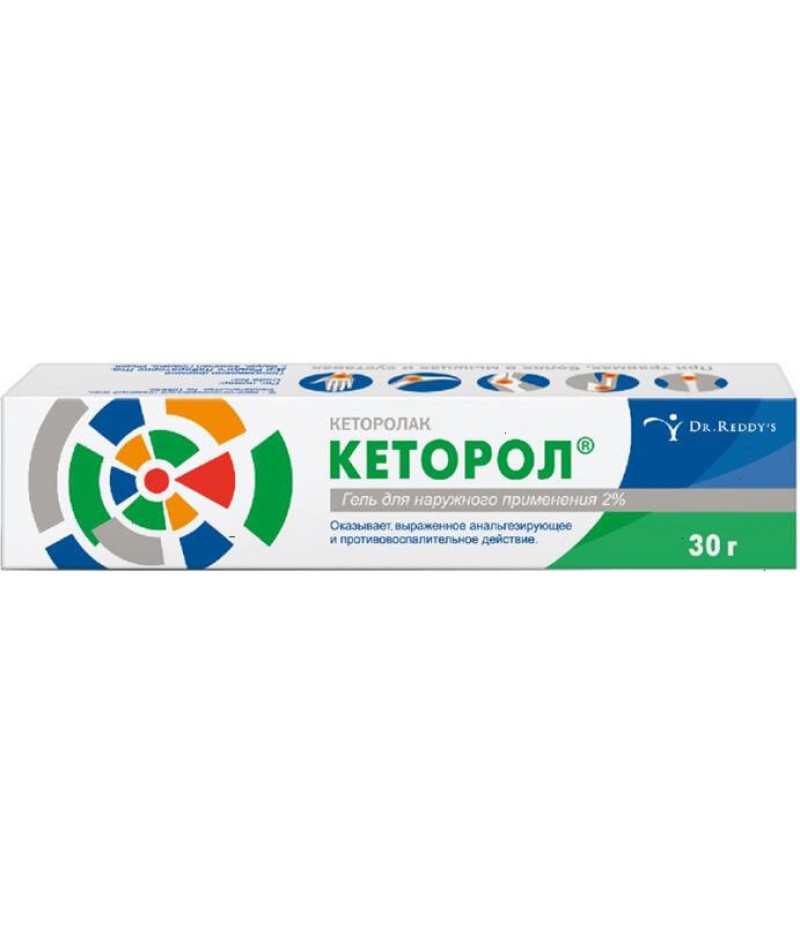Diclac gel 5% 100gr
- $17.63
- 3 or more $15.90
- Availability:In Stock
Diclac gel instructionYou can buy Diclac on this pageGel Diclac is a medicinal product of the pharmacological group of non-steroidal anti-inflammatory drugs. It is used externally for various inflammatory processes of the structur..
Tags: gel
Diclac gel instruction
You can buy Diclac on this page
Gel Diclac is a medicinal product of the pharmacological group of non-steroidal anti-inflammatory drugs. It is used externally for various inflammatory processes of the structures of the human musculoskeletal system.
Form of issue and composition
Gel Diclac is a colorless or light yellow substance of a viscous consistency and a characteristic odor. The main active substance of the drug is diclofenac sodium, its content in 1 g of gel is 50 mg (5% solution). It also includes auxiliary substances which include:
Macrogol-7-glyceryl cocoate.
Isopropyl alcohol.
Aromatized oil.
Hypromellose.
Purified water.
Gel Diclac is packaged in aluminum tubes of 50 and 100 g. The carton pack contains one tube with gel and instruction on the use of the drug.
pharmachologic effect
Diclofenac sodium, the main active ingredient of the Diclac gel, inhibits (inhibits) the enzyme cycloxygenase (COX) 1 and 2, which catalyzes the synthesis of mediators of the inflammatory reaction of prostaglandins. Due to this, it has several main therapeutic effects:
Reduction of the expression of blood filling of tissues (hyperemia) in the area of inflammatory reaction.
Reducing the intensity of pain.
Reduction of the severity of tissue edema (the release of plasma from the blood vessels into the intercellular substance).
In general, Diclac gel has an anti-inflammatory pharmacological effect in the tissues of the inflammatory region.
After applying the Diclac gel on the skin, diclofenac sodium is adsorbed through the skin into the underlying tissues. Data on its further distribution, metabolism and excretion to date, no.
Indications for use
The use of Diclac gel is indicated for various inflammatory pathologies of the structures of the musculoskeletal system, which includes:
Degenerative and dystrophic pathology of the joints and joints of the spine - osteoarthrosis, osteochondrosis, arthropathy.
Traumatic injuries in the form of bruises or sprains of ligaments, muscles, joints.
Inflammatory processes in joints (arthritis) of various origin.
Pain and inflammation of the structures of the musculoskeletal system, caused by heavy physical exertion.
Rheumatoid autoimmune inflammation of soft tissues and periarticular tissue.
Also, Diclac gel can be used for aseptic (non-infectious) muscle inflammation (myositis) and peripheral nerves (neuritis or neuralgia).
Contraindications for use
Use of the gel Diclac is contraindicated in certain pathological or physiological conditions of the body, which include:
Individual intolerance to the components of the drug, the presence of allergic reactions to other drugs of the group of non-steroidal anti-inflammatory drugs.
The development of bronchial asthma (paroxysmal spasm of the bronchi in response to ingestion of an allergen) in response to the intake of aspirin into the body.
Changes in blood laboratory parameters (erythrocyte sedimentation rate, number of leukocytes and erythrocytes, leukocyte formula) have not been clarified.
Peptic ulcer of the stomach or duodenum - receipt of the active substance of the drug can trigger the development of bleeding from the ulcer.
Breach of the integrity of the skin in the area of the supposed application of Diclac gel.
Children under 6 years.
Pregnancy in the third trimester of its course, lactation.
Inflammatory processes of the rectum (proctitis).
The drug is used with caution for concomitant porphyria (metabolic pathology), gastritis (inflammation of the stomach) and enteritis (inflammation of the small intestine). Before the application of Diclac gel, it is important to make sure there are no contraindications.
Dosing and Administration
Diclac gel is a drug for external use. It is applied to the skin of the area of the inflammatory process and the maximum intensity of the projection of pain. Adults and children over 6 years of age are applied to the skin and slightly rubbed with massage movements. Application is usually 2-3 times a day. The amount of gel depends on the volume of the pathological process and should not exceed 2 g for a single application. Duration of treatment is determined by a decrease in the intensity of manifestations of inflammatory reaction and pain. It should not exceed 2 weeks. With the ongoing inflammatory process after this period of time, consult a doctor.
Side effects
After application of the drug on the skin, local side effects may develop in the form of symptoms of skin irritation (redness, swelling, burning). With the long-term use of Diclac gel and its systemic action, it is possible to develop negative reactions from various organs and systems:
The digestive system - nausea, vomiting, loss of appetite until its complete absence (anorexia), pain in the stomach (epigastrium), the development of erosions of the stomach with possible bleeding from them, an increase in the blood of hepatic enzymes transaminases (ALT, AST), which indicates a damage to hepatocytes (liver cells).
Nervous system - dizziness, periodic headache, disorientation in time and space, agitation, increased irritability, sleep disturbance in the form of insomnia, aseptic meningitis (inflammation of the membranes of the brain and spinal cord).
Urinary system - interstitial nephritis (inflammation of the kidney stroma).
Respiratory system - bronchospasm (narrowing of the lumen of the bronchi due to induced contraction of their smooth muscles).
Blood and red bone marrow - anemia (anemia), a decrease in the number of platelets (thrombocytopenia) and leukocytes (leukopenia).
Cardiovascular system - increased blood pressure (arterial hypertension).
Skin and subcutaneous tissue - erythema (redness), increased photosensitivity (development of inflammation under the influence of sunlight).
Metabolism - the retention of mineral salts and fluids in the intercellular substance of the body tissues with the development of edema.
Gel Diclac is a representative of non-steroidal anti-inflammatory drugs, so it can lead to the development of allergic reactions of varying severity - rash and itching of the skin, urticaria (rash and swelling that look like nettle burn), Lyell's syndrome and Stevens-Johnson syndrome (severe skin lesions with partial death of her cells), angioedema Quincke (pronounced swelling of soft tissues in the face and external genital organs). Not uncommon is anaphylactic shock - a severe systemic allergic reaction with a progressive critical decrease in blood pressure and the development of multiple organ failure. In case of any side effects, the use of Diclac gel should be discontinued and seek medical attention.
special instructions
Before you start using Diclac gel, you should read the instructions for the drug. It is important to pay attention to a few special instructions regarding its application, which include:
Do not let the gel get on the mucous membranes or damaged skin. In case this happens, it is necessary to rinse them with a large amount of running water.
In the case of the presence of concomitant pathology of the digestive system, allergic reactions in the past, violations of the functional activity of the liver, kidneys, blood coagulation system, the use of the drug is possible only after the appointment of a doctor and under his supervision.
If other drugs of the pharmacological group are used simultaneously, non-steroidal anti-inflammatory drugs should be carefully monitored.
The use of Diclac gel during pregnancy in I and II trimester is possible only after the appointment of a doctor, if the expected benefit for a woman exceeds the possible risks of negative effects on the developing fetus.
The drug can interact with drugs from other pharmacological groups. In case of their use, it is necessary to warn the doctor about this.
In view of the possible development of side effects from the central nervous system in the form of dizziness or increased fatigue, disorientation, during the use of the Diclac gel, it is not recommended to perform work associated with the need for increased concentration of attention and speed of psychomotor reactions.
In the pharmacy chain, Diclac gel is dispensed without a prescription. In case of questions or doubts about its use, consult a physician.
Overdose
At a significant excess of the recommended therapeutic dosage of the drug, changes from the nervous side develop (increased excitability, dizziness, headache, convulsive alertness) and digestive system (abdominal pain, nausea, vomiting). In this case, symptomatic therapy is performed in a hospital.
Diclac analogues
According to the active ingredient and the therapeutic effect for the Diclac gel, Voltaren, Diclofenac gel are similar.
Terms and conditions of storage
Shelf life of the Diclac gel is 3 years from the date of its manufacture. The drug should be stored out of reach of children at an air temperature of not more than + 25 ° C.

